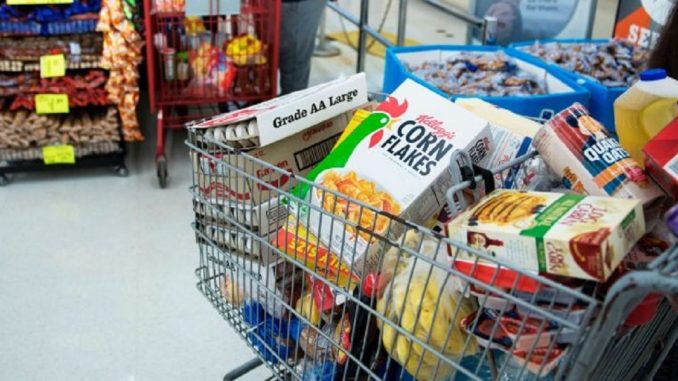World Food Programme (WFP) says the cost of basic commodities in Zimbabwe has risen by 493% in urban areas.
This leaves majority of Zimbabweans struggling to put a meal on the table.
Zimbabwe is topping the countries with the highest food price inflation in the latest World Bank assessment.
World Bank recently released a report of countries hardest hit by food inflation in the world.
Zimbabwe tops that list with food inflation of 353% in the month of August 2022, beating Lebanon (240%), Venezuela (131%), and Sri Lanka (91%) to the top post.
The three countries above are synonymous with economic instability and widespread food shortages.
Despite prolonged economic instability, Zimbabwe has not experienced food shortages in the local market in the past few years largely due to the dollarised nature of the local market as that tends to stabilise supply.
Harare has been a net importer of cereals since 2006 with maize production averaging 1.3 million metric tonnes (MT) per year in the past 10 years.
This is against national demand of 2.2 million MT for domestic, animal feed and industrial demands.
Wheat production has averaged 133,000 MT for the past 10 years against a national demand of 450,000 MT per year, while soyabean production averages 58,000 MT for the same period against a national demand of 250, 000 MT per year.
Zwnews













